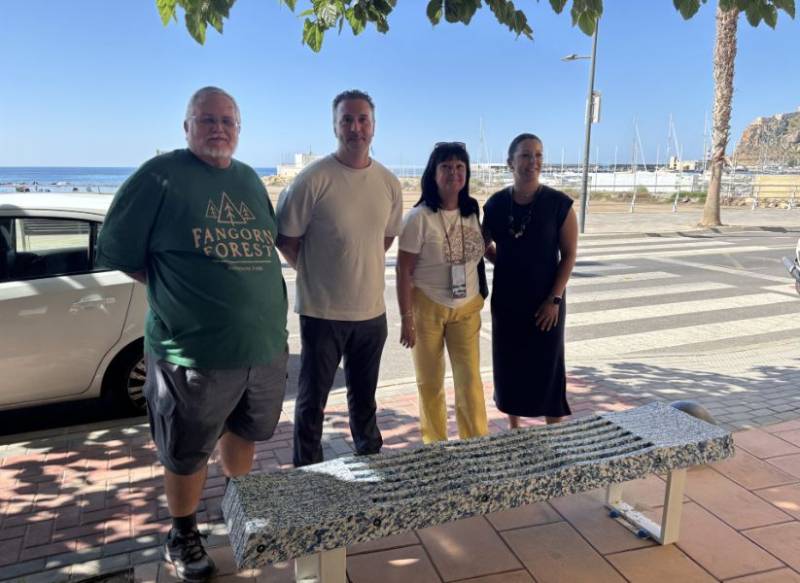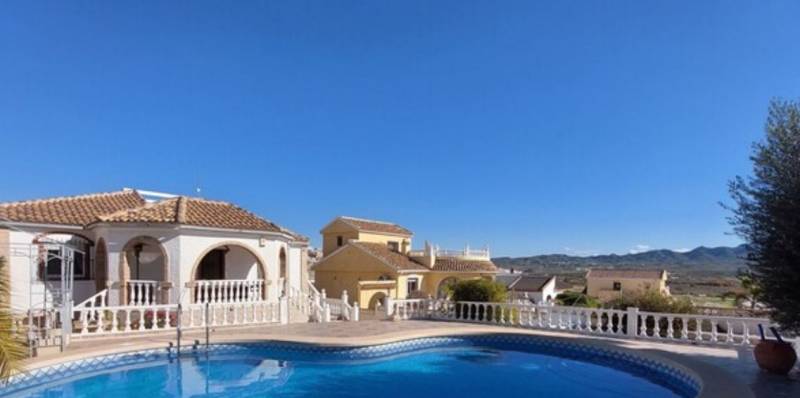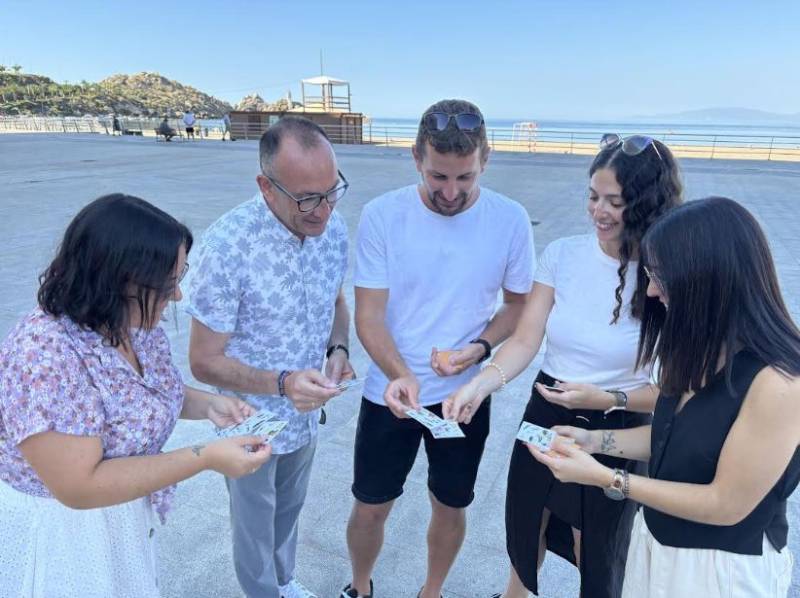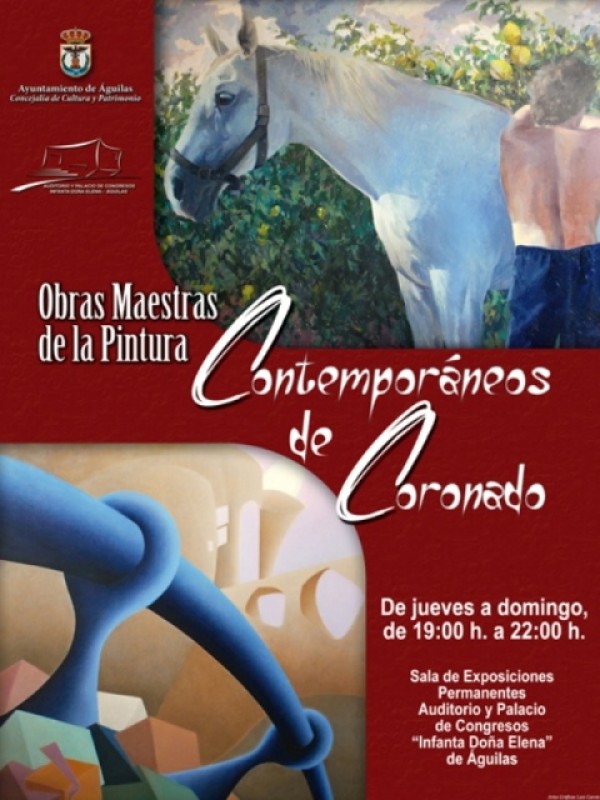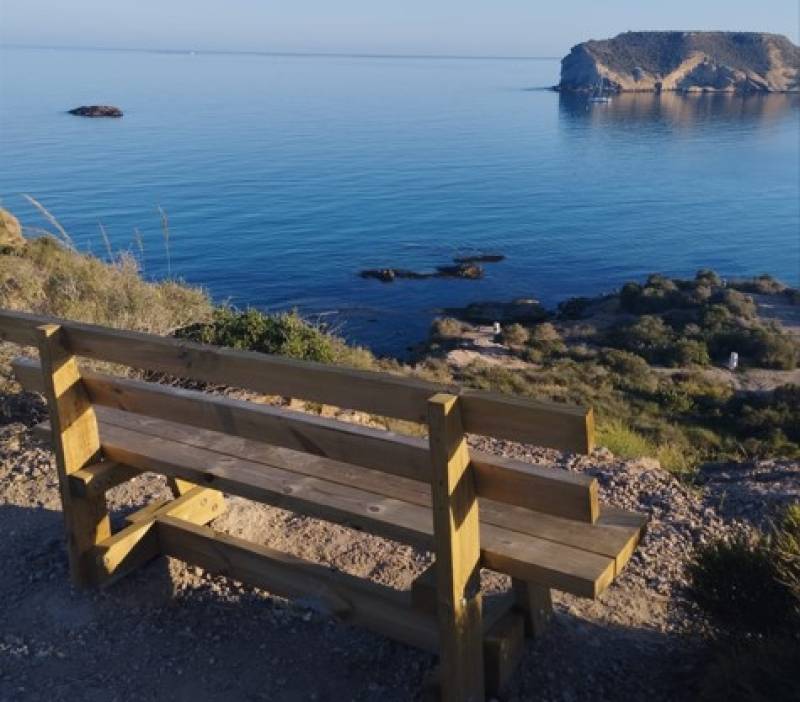-


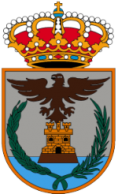
 Welcome To
Welcome To

-



 Welcome To
Welcome To

-



 Welcome To
Welcome To

-



 Welcome To
Welcome To

-



 Welcome To
Welcome To

- Region
- Águilas
- Alhama de Murcia
- Jumilla
- Lorca
- Los Alcázares
- Mazarrón
- San Javier
-
ALL AREAS & TOWNS
- AREAS
- SOUTH WEST
- MAR MENOR
- MURCIA CITY & CENTRAL
- NORTH & NORTH WEST
- TOWNS
- Abanilla
- Abarán
- Aguilas
- Alamillo
- Alcantarilla
- Aledo
- Alhama de Murcia
- Archena
- Balsicas
- Blanca
- Bolnuevo
- Bullas
- Cañadas del Romero
- Cabo de Palos
- Calasparra
- Camping Bolnuevo
- Campo De Ricote
- Camposol
- Canada De La Lena
- Caravaca de la Cruz
- Cartagena
- Cehegin
- Ceuti
- Cieza
- Condado de Alhama
- Corvera
- Costa Cálida
- Cuevas De Almanzora
- Cuevas de Reyllo
- El Carmoli
- El Mojon
- El Molino (Puerto Lumbreras)
- El Pareton / Cantareros
- El Raso
- El Valle Golf Resort
- Fortuna
- Fuente Alamo
- Hacienda del Alamo Golf Resort
- Hacienda Riquelme Golf Resort
- Isla Plana
- Islas Menores & Mar de Cristal
- Jumilla
- La Azohia
- La Charca
- La Manga Club
- La Manga del Mar Menor
- La Pinilla
- La Puebla
- La Torre
- La Torre Golf Resort
- La Unión
- Las Palas
- Las Ramblas
- Las Ramblas Golf
- Las Torres de Cotillas
- Leiva
- Librilla
- Lo Pagan
- Lo Santiago
- Lorca
- Lorquí
- Los Alcázares
- Los Balcones
- Los Belones
- Los Canovas
- Los Nietos
- Los Perez (Tallante)
- Los Urrutias
- Los Ventorrillos
- Mar De Cristal
- Mar Menor
- Mar Menor Golf Resort
- Mazarrón
- Mazarrón Country Club
- Molina de Segura
- Moratalla
- Mula
- Murcia City
- Murcia Property
- Pareton
- Peraleja Golf Resort
- Perin
- Pilar de la Horadada
- Pinar de Campoverde
- Pinoso
- Playa Honda
- Playa Honda / Playa Paraíso
- Pliego
- Portmán
- Pozo Estrecho
- Puerto de Mazarrón
- Puerto Lumbreras
- Puntas De Calnegre
- Region of Murcia
- Ricote
- Roda Golf Resort
- Roldan
- Roldan and Lo Ferro
- San Javier
- San Pedro del Pinatar
- Santiago de la Ribera
- Sierra Espuña
- Sucina
- Tallante
- Terrazas de la Torre Golf Resort
- Torre Pacheco
- Totana
- What's On Weekly Bulletin
- Yecla


- EDITIONS:
 Spanish News Today
Spanish News Today
 Alicante Today
Alicante Today
 Andalucia Today
Andalucia Today
article_detail
The Termas Romanas, the Roman baths in Águilas
A small museum shows the remains of one of two Roman baths complexes in Águilas
The Roman baths or “Termas Occidentales” in Águilas date from the 1st century AD, and were first excavated in the late 18th century by Manuel Robles Vives, the abbot at the Collegiate Church of San Patricio in Lorca. The underground remains of the “caldarium” (warm bath room) can be visited, along with a small exhibition alongside.
A second Roman bath complex, known now as the “Termas Orientales”, was built in Águilas in the mid-2nd century AD, and was not discovered until the year 2000. The following year the remains of the Termas Occidentales in Calle Quintana (on the corner with Calle Canalejas) were opened to visitors.
History
During the 1st century AD, when the baths complex in Águilas was built, the whole of the Iberian Peninsula was under the direct rule of the Roman Empire, and the existence of baths complexes dating from this time is far from unusual.
The existence of the site in Águilas was discovered by chance when the Abbot of San Patricio contracted for a house to be built for his brother, Antonio, and the remains were found during excavation work. At the time it was believed that the Roman town of Urci, which is mentioned in the writings of Pomponius Mela, Pliny the Elder and Claudius Ptolemy, was in fact in Águilas, and a plaque was even installed to indicate that these were the baths of Urci, but since then scholars have deduced that in fact Urci was probably located in Villaricos in the province of Almería, while the Romans referred to Águilas as “Aquilae”.
It is known that in the 4th century the building was converted into industrial premises concerned with the production of salted fish and the coveted “garum” fish sauce which was made in Murcia in Roman times and exported all over the Empire, even to Rome itself. An oven which was used for making amphorae storage jars has been discovered very close to the baths.
Following the initial discovery of the site in 1787 another excavation was carried out in 1981 by Sebastián Ramallo Asensio, confirming and amplifying the results obtained almost 200 years previously by Manuel Robles Vives. This was when the semi-circular bathing pool (or “alveus”) was located, but it was not until 30th November 2001 that the museum as seen today, was opened.
The museum
The remains of the baths, which occupy just one large room, are reached by descending a staircase to the basement of the building under which they lie, and here the visitor will find the main area divided by columns and arches into smaller zones. Exhibits include a model of how the baths would have looked while they were in use 2,000 years ago and a life-sized model of a man next to the stove in which the water was heated.
Different sections are dedicated to various displays, including a video showing the history of the Roman baths in Águilas and the water-heating stove, which was used to supply hot water to a main circular pool. There is also an image showing one of the chapiters (the top part of a column) which was found here and is now displayed in the archaeological museum of Águilas.
The baths in Roman times
For the Romans a visit to the baths was a social activity which served not only to maintain personal higiene but also to indulge in leisure activities: sports and games were held here, business deals were struck, some relaxed by reading and others received therapeutic massages.
Most visitors began in the hot rooms, where the steam opened the pores, before moving on to the cold baths, and the experience was enhanced by the use of plants which acted as soaps and oils to moisturize the skin. As the Empire grew so too did the extent to which the baths were used not only by Romans living in occupied areas but also by the indigenous population, and this would explain the construction of the Termas Orientales in the 2nd century AD.
Visiting the Termas Romanas of Águilas
The Termas Romanas of Águilas are open to the public every Saturday from 12.30 to 13.30, and guided tours can be pre-arranged at the Museo Arqueológico (968 493287) or at cultura@ayuntamientodeaguilas.org.
Click here for further information about the Águilas municipality: ÁGUILAS TODAY
article_detail
Contact Murcia Today: Editorial 000 000 000 /
Office 000 000 000


